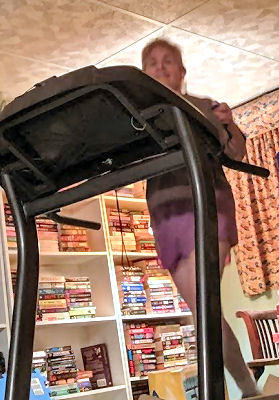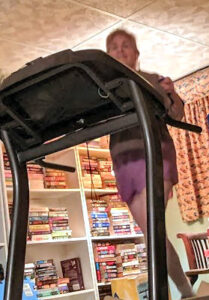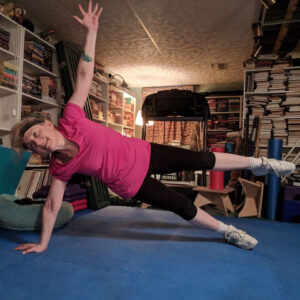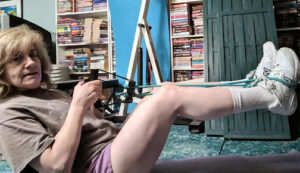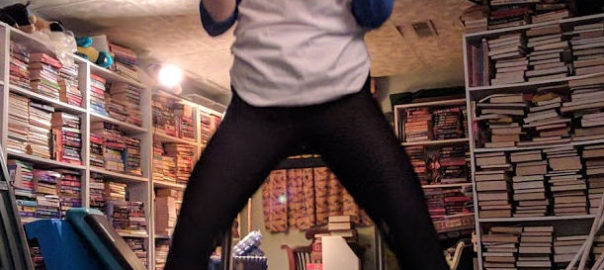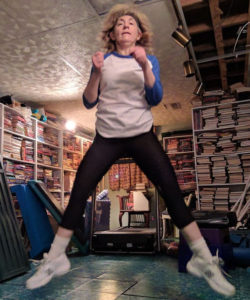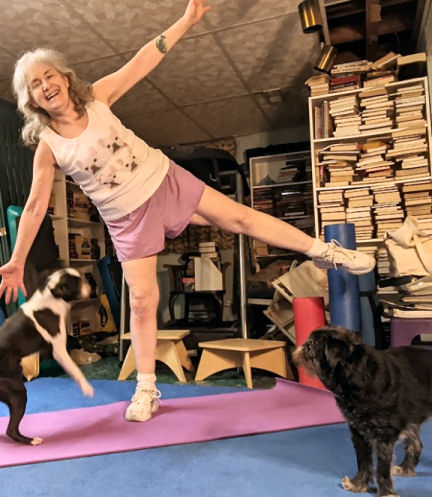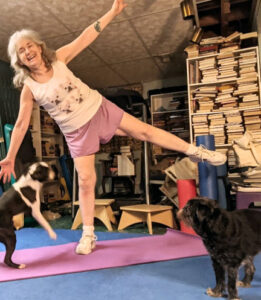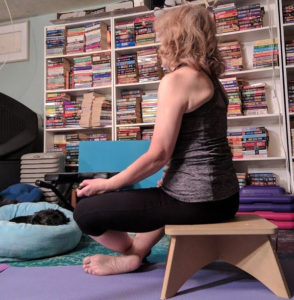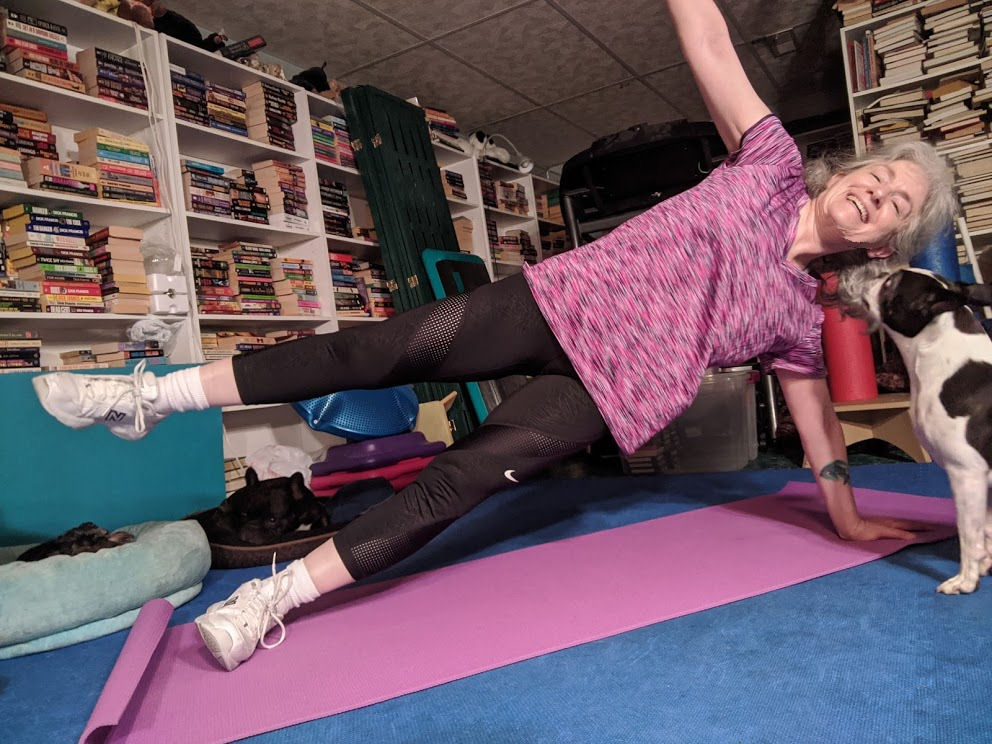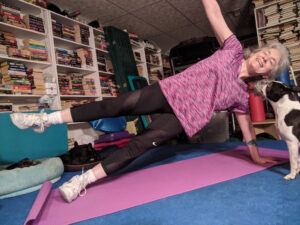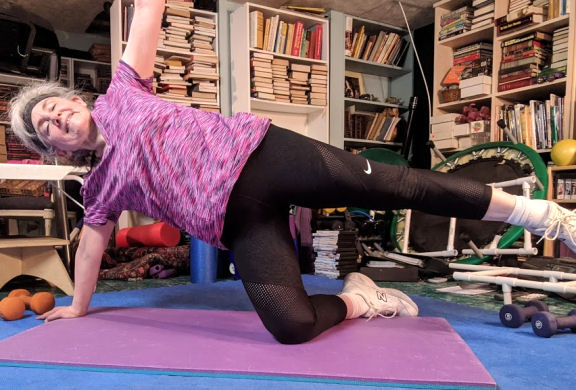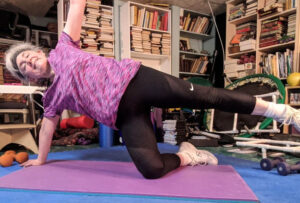Last week I emphasized the importance of writing what you do. Adding to that, it’s important to write what you want to do. I need a memory assist, and that’s why I write what I do in my journal. I can’t remember what I had for breakfast, much less what my workout consisted of yesterday. But I also want to write down those little thoughts of the things I want to achieve.
For fitness, as an example, today I ran / walked for 20 minutes on the treadmill. My walking speed after the warmup was 4 miles per hour at 2.5 percent incline. My fastest running speed was 7.4 mph, again at 2.5 percent incline. I wrote all that on my journal page. But I also wrote that for my next run, I’d like to run at 7.5 mph. This is huge for me. After all, I’m old, my knees aren’t great, and neither are my hips. But at the end of my run, this might just be doable. Not for long, just a minute. But it’s a start.
Starting matters
And a start is just that. Running faster eventually becomes more comfortable, and then I feel lazy running at a slower pace. Most of life is like that. We pump ourselves up to do a little scary thing, like do a short live video on social media. All you extroverts may not think much of that, but it’s scary for people like me who like nothing more than staying home and reading. It’s not natural to put myself in the spotlight.
But then the little scary thing is not so scary any longer. It may not be comfortable, but eventually with practice we reach the stage of accepting it as a normal thing to do. This is true for everything we want to achieve in life. We start with a small idea. Play with it in your head. Write it down. Then expand on that small idea so that it’s something tangible and worthwhile.
Write what you want to do
So, at the same time you’re writing what you do, you can also write what you want to do. You’re making goals. And goals are essential for moving forward. Without goals, we’re stagnating. While you’re doing something, think of what you’d like to be doing in a month or six months. If I can run this fast now, I could probably run faster in a month! That’s how the process works.
And writing down those goals, even the little ones, gives you a much better chance of achieving them. 42% better, in fact, according to a psychology study performed at Dominican University in California. Write down those goals, dreams, and aspirations. And then break them down into manageable chunks that become real.

